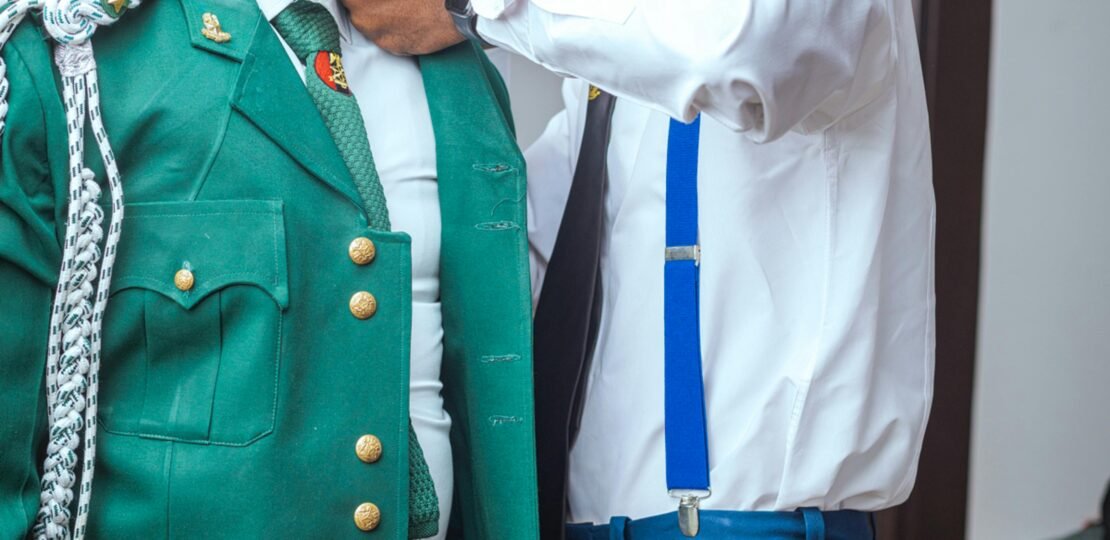A New Chapter: Boston Dynamics and Ghost Robotics Settle Patent Dispute
In a move that could reshape the landscape of legged robotics, Boston Dynamics and Ghost Robotics have concluded their two-and-a-half-year patent dispute on amicable terms. The announcement, released jointly by both companies, signals a promising future for collaboration in advancing robotics technology.
Boston Dynamics’ Chief Legal Officer, Jason Fiorillo, expressed optimism about this resolution, stating, “We are pleased to resolve this dispute on mutually advantageous terms.” He highlighted their potential collaboration, aiming to push forward the state of robotics globally.
- The dispute centered around alleged patent infringement concerning legged robots.
- Ghost Robotics faced criticism for their perceived openness to military applications.
- A social media uproar ensued after an image of a Ghost robot with a mounted rifle circulated online.
“This resolution allows us to focus on driving innovation in robotics,” remarked Ghost CEO Gavin Kenneally, emphasizing the importance of innovation and future partnerships.
{Gavin Kenneally, CEO of Ghost Robotics}
It’s worth noting that Boston Dynamics itself has military roots, having been initially supported by DARPA. However, their early robots were intended for transporting payloads rather than weaponry. In contrast to recent events, Boston Dynamics has taken a stance against weaponizing general-purpose robots, which they reiterated in an open letter signed alongside other robotics firms.
Fiorillo further commented on the broader implications for the U.S. robotics industry. “Currently, the United States has no national robotics strategy,” he warned, drawing attention to international competitors like China who are aggressively investing in robotics and AI.
This resolution not only paves the way for potential collaborations between these two leading companies but also highlights the urgent need for strategic policy development in the U.S. The companies plan to meet early this year to discuss policy proposals that could benefit both companies and the industry at large.
As these giants in robotics settle their differences, they set a hopeful precedent for how competitive forces can unite towards common goals. It’s a reminder that collaboration often leads to greater innovations and advancements for all stakeholders involved.



